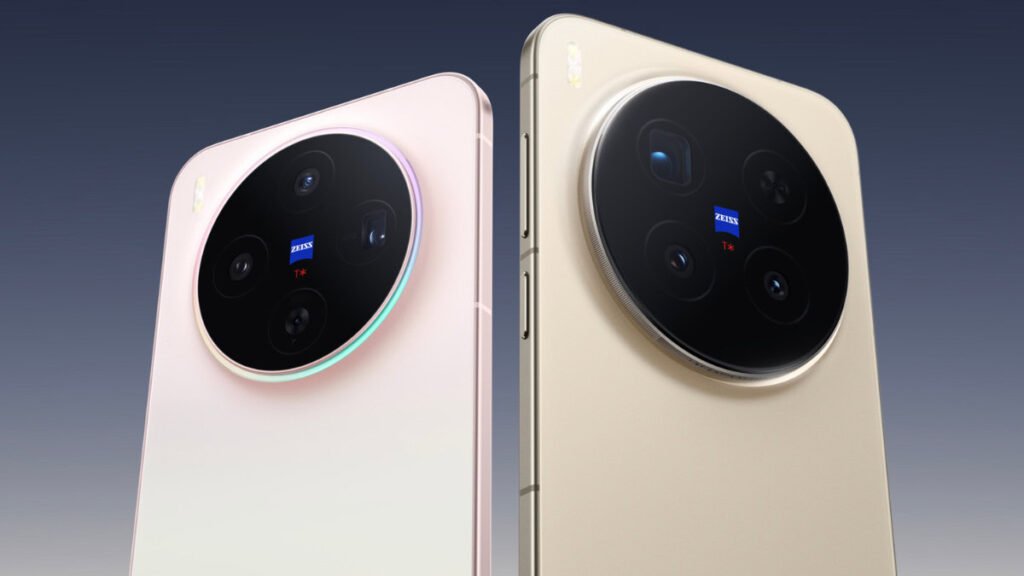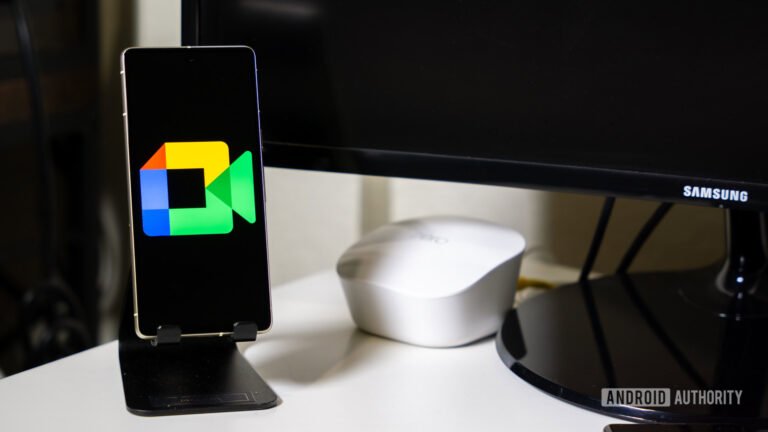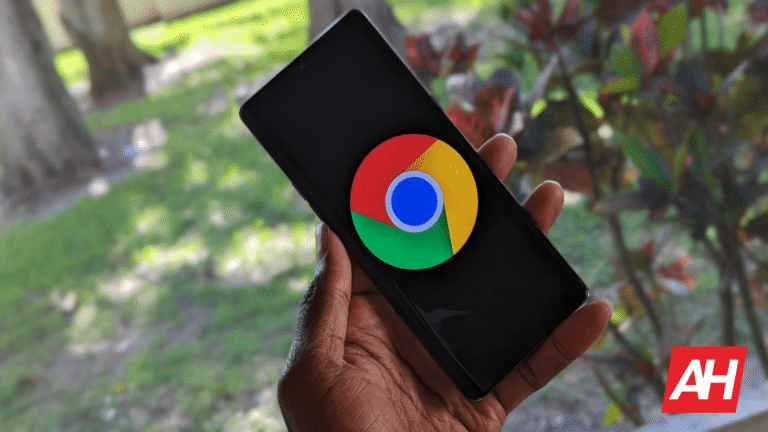

After months of leaks, vivo has finally launched the long-awaited X300 series. It includes two new flagship smartphones focused heavily on advanced mobile imaging. The just-launched X300 and X300 Pro boast specialized camera hardware and custom processing chips, targeting professional content creators and photography enthusiasts.
vivo X300 series: Imaging power and core performance
Both the X300 and X300 Pro integrate a powerful “dual-chip” processing approach. The devices pair the MediaTek Dimensity 9500 platform for general processing with vivo’s proprietary Blueprint imaging chip V3+ for photography. Regarding performance, the X300 Pro achieves an AnTuTu benchmark score exceeding 4.1 million points. The series runs the new OriginOS 6 (based on Android 16), which promises to be a great improvement in terms of fluidity and features.
The X300 Pro’s advanced camera system
The vivo X300 Pro equips a highly specialized camera array designed for versatility and stability. The primary feature is the 200 MP ZEISS APO telephoto camera, which uses a large 1/1.4-inch HPB sensor developed in collaboration with Samsung. This module features an f/2.67 aperture and integrates CIPA 5.5-rated image stabilization for reliable long-range shooting.

For the main imaging unit, the Pro features a large 1/1.28-inch Sony LYT-828 sensor with a fast f/1.57 aperture and ZEISS optics. The company also boasts a “gimbal-grade” stabilization with an angle upgraded to ±1.5°. You’ll also find a 50 MP ultra-wide ISOCELL JN1 camera (1/2.76″ size, f/2.0 aperture).
Video capabilities are equally robust: the Pro supports 4K 60 fps Portrait Video. It also supports simultaneous 4K 120 fps Dual-Channel EIS on both main and telephoto cameras. The system offers professional modes like 4K 120 fps 10-bit log video recording with ACES workflow support.
The X300 Pro, with its 6.78-inch display (1,260 x 2,800), is the one that offers a larger form factor. It is available in four colors: Black, Brown, Blue, and White.
The X300 is a compact camera-focused flagship
The standard vivo 300 aims to package high-level imaging into a more ergonomic, smaller device. The phone’s main camera is the high-resolution 200 MP 1/1.4-inch HPB sensor with ZEISS optics. This is the sensor that the Pro unit uses as a telephoto. Regarding telephoto, the standard 300 uses a 50 MP Sony LYT-602 with a size of 1/1.95″ and an aperture of f/2.57. Last but not least, the device uses the same ultra-wide camera as the Pro model.

In terms of design, the X300 features a compact 6.31-inch flat screen (1,216 x 2,640 resolution, 120 Hz refresh rate) housed in a slim 7.95 mm profile. The phone weighs only 190g, which is great considering its huge battery capacity. This model is available in Black, Blue, Pink, and Red.
Shared specifications and endurance
Both modes boast high-end 8T LTPO, 120 Hz panels that meet the ZEISS Master Color Display standard. They incorporate eye-comfort technology, including 2160 Hz PWM Dimming. Battery capacity differs slightly: the X300 Pro features a 6510 mAh BlueVolt Battery, and the X300 features a 6040 mAh BlueVolt Battery. Both support 90W wired and 40W wireless FlashCharge.
They also share the same 50 MP ISOCELL JN1 Front Camera (50 MP,1/2.76″ size, f/2.0 aperture). Finally, both phones meet high durability standards. They carry an IP68 & IP69 dust and water resistance rating. You’ll also find modern features like the faster and more functional USB 3.2 connectivity.
Price and availability
Regarding availability, the vivo X300 and X300 Pro launched in China with multiple configuration options.
The standard vivo X300 starts at CNY 4,399 (around $618.30) for the 12GB + 256GB model. It goes up to CNY 5,799 (around $815.07) for the 16GB + 1TB variant.
The vivo X300 Pro starts at CNY 5,299 (around $744.79) for the 12GB + 256GB model. Its high-end 16GB + 1TB configuration costs CNY 6,699 (around $941.57), with a specialized 16GB + 1TB Satellite Communication Edition marked at CNY 8,299 (around $1,166.46).
The post vivo X300 & X300 Pro Launched: The 200 MP Zoom Camera Beast appeared first on Android Headlines.


